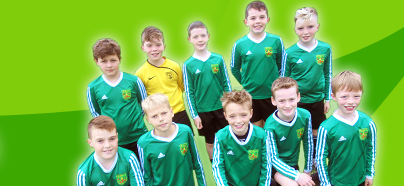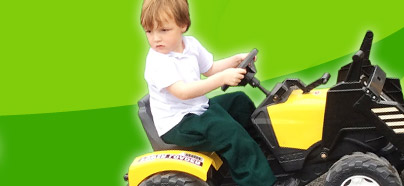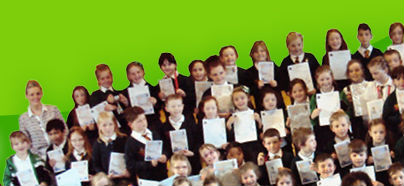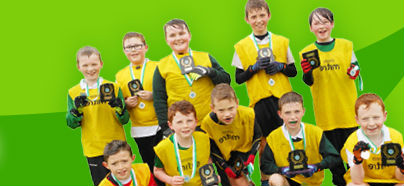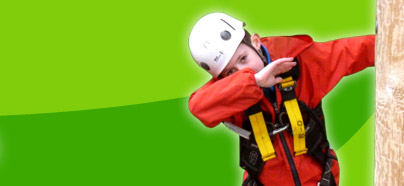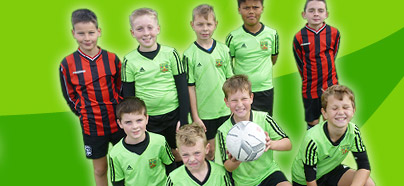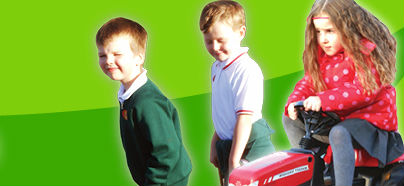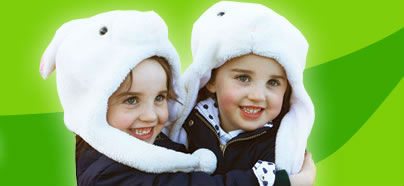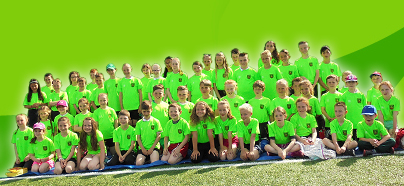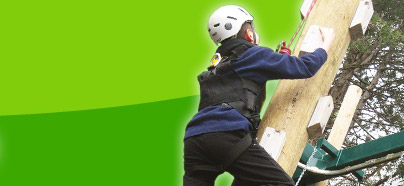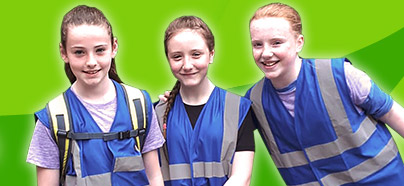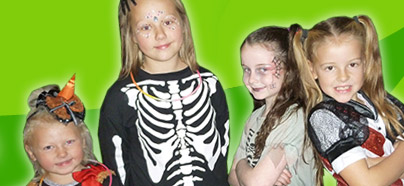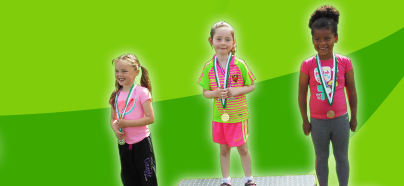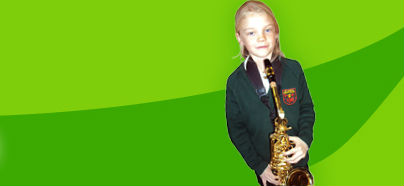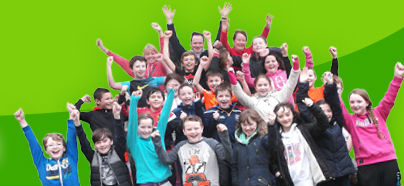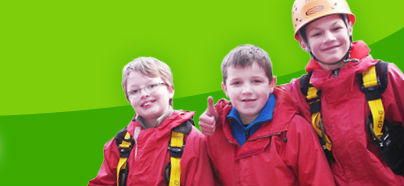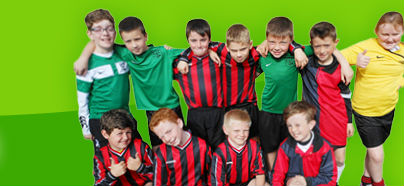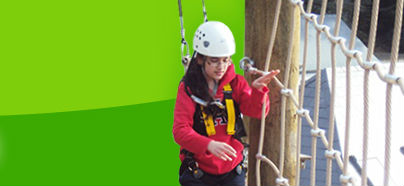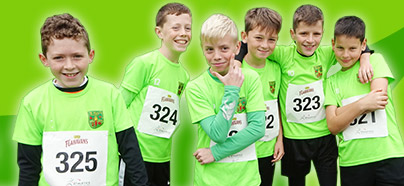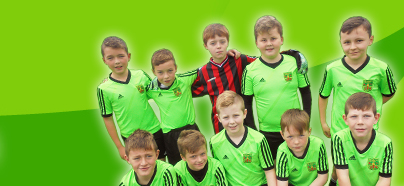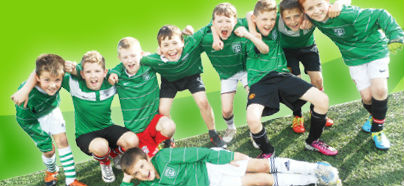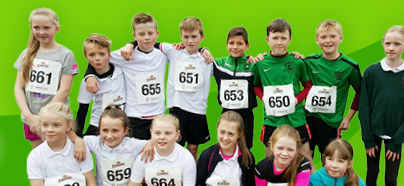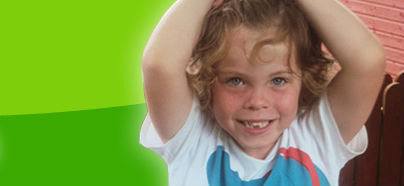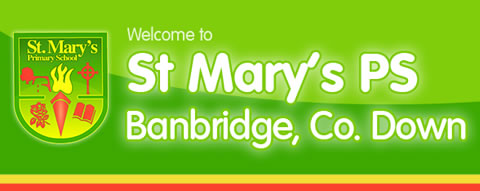- Home
- Gallery
January in Mrs Quigley's Primary 2 class.
Our topic in Primary 2 this term is, "Animals from Polar Regions." The children have been learning about the habitat of the polar bear and the Emperor penguin and how these animals have adapted to live in such extreme weather conditions. They have been able to demonstrate their understanding during play, through painting, writing and reading.
Did you Know......?
Penguins are birds but cannot fly! They use their wings to steer when they are swimming or to help them to balance when travelling across the snowy ground.
We know that penguins live in a large group called a colony, in the coldest, windiest place on earth! It is so cold that the daddy penguin has to stand on the ice and keep the baby in his brood pouch for two months. If the egg fell onto the ground it would freeze in two minutes!
The penguins' feathers are windproof and waterproof so they can withstand the extreme weather conditions. They huddle together to keep warm when the blizzards blow across the Antarctica.
Penguins are brilliant swimmers and hunt for krill fish in the water. They slide across the snow on their bellies, or waddle using their sharp toenails to grip onto the ice.
We have been reading and discussing fiction and non-fiction books, looking at web sites and video clips, moving like penguins, writing facts about penguins, creating penguins in the dough, drawing and labelling penguins.
We know lots of important information about this amazing bird.
In this gallery you can also view some children at the writing table. They recalled the story of a tortoise called Shelley, who did not want to hibernate in winter. Shelley wanted to go outside and explore winter!
Concentric circles are circles that share the same centre. They fit inside each other and are the same distance apart all the way round.
In one of our art lessons, the pupils had the opportunity to explore working with oil pastels. The focus was on the use of colour and the links between colours. Pastels may look like crayons but should be used like paint sticks. They are an oily, soft tool for drawing with and produce a vibrant colour effect to a piece of work.
The children start with a piece of white card, separated into a grid of twelve squares. The process is simple: make a small circle in the middle of each square on the grid. Continue to go around that centre circle with another colour; repeat the procedure, each time using a new colour, until each grid is complete.
There was no pressure put on the children. They experimented with colour and connecting colours on each section of the grid.
To view and discuss our work, we completed the art lesson with a gallery session. All the pieces were laid on the floor and the children gathered around in a circle to celebrate everybody's work.
The pieces mimic the original work of the Russian artist, Kandinsky: Concentric Circles
Archive
St Mary's Primary School, Reilly Street, Banbridge, Co Down BT32 3DJ | T: 028 4066 2572 | E: info@stmarys.banbridge.ni.sch.uk
 Menu
Menu
